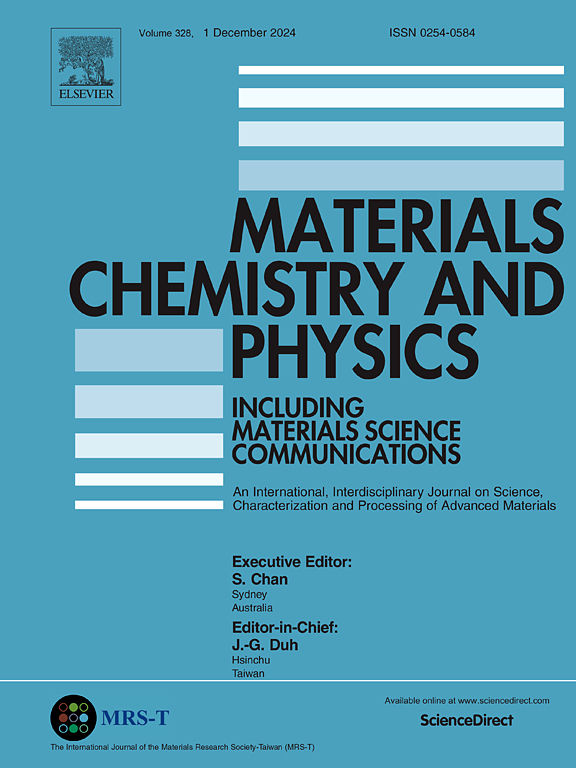Soft-magnetic properties of wire-arc additively manufactured Fe–49Co–2V alloy improved through post-deposition heat treatment
IF 4.7
3区 材料科学
Q2 MATERIALS SCIENCE, MULTIDISCIPLINARY
引用次数: 0
Abstract
A wire-arc additive manufacturing (WAAM) process was adopted to prepare Fe–49Co–2V alloy. A commercial plasma-transferred arc (PTA) welding torch coupled with a computer numerically controlled (CNC) locomotor was used to deposit the alloy in the form of a simple wall. The soft-magnetic properties of the deposited alloy were evaluated by measuring the variation of magnetisation versus applied field strength. The as-deposited alloy was also heat-treated at various temperatures to improve different magnetic properties, such as saturation magnetisation, remanence, coercivity and energy/power loss. It was found that an annealing treatment at 1000 °C for 4 h improves coercivity, magnetic remanence, and power loss by decreasing them by 61 %, 50.5 %, and 38.5 %, respectively, from the as-deposited condition. A correlation was also established between microstructure and magnetic properties. It was observed that the alloys, both as-deposited and heat-treated, do not follow Soumail's model established between coercivity and grain size. It has been shown that the presence of Type II residual stress in the lattice, as well as small particles of vanadium oxide scattered across the matrix, is the reason for such discrepancy.
通过沉积后热处理,提高了线弧增材Fe-49Co-2V合金的软磁性能
采用线弧增材制造(WAAM)工艺制备Fe-49Co-2V合金。利用商用等离子体转移电弧(PTA)焊枪与计算机数控(CNC)移动装置相结合,将合金沉积成简单的壁。通过测量磁化强度与外加磁场强度的变化来评价沉积合金的软磁性能。沉积合金还在不同温度下进行热处理,以改善不同的磁性能,如饱和磁化、剩余物、矫顽力和能量/功率损耗。结果表明,在1000℃下退火4 h后,合金的矫顽力、剩磁和功率损耗分别比沉积时降低了61%、50.5%和38.5%。在微观结构和磁性能之间也建立了相关性。结果表明,无论是沉积态合金还是热处理合金,其矫顽力与晶粒尺寸之间的关系都不符合Soumail模型。研究表明,晶格中II型残余应力的存在以及分散在基体上的氧化钒小颗粒是造成这种差异的原因。
本文章由计算机程序翻译,如有差异,请以英文原文为准。
求助全文
约1分钟内获得全文
求助全文
来源期刊

Materials Chemistry and Physics
工程技术-材料科学:综合
CiteScore
8.70
自引率
4.30%
发文量
1515
审稿时长
69 days
期刊介绍:
Materials Chemistry and Physics is devoted to short communications, full-length research papers and feature articles on interrelationships among structure, properties, processing and performance of materials. The Editors welcome manuscripts on thin films, surface and interface science, materials degradation and reliability, metallurgy, semiconductors and optoelectronic materials, fine ceramics, magnetics, superconductors, specialty polymers, nano-materials and composite materials.
 求助内容:
求助内容: 应助结果提醒方式:
应助结果提醒方式:


